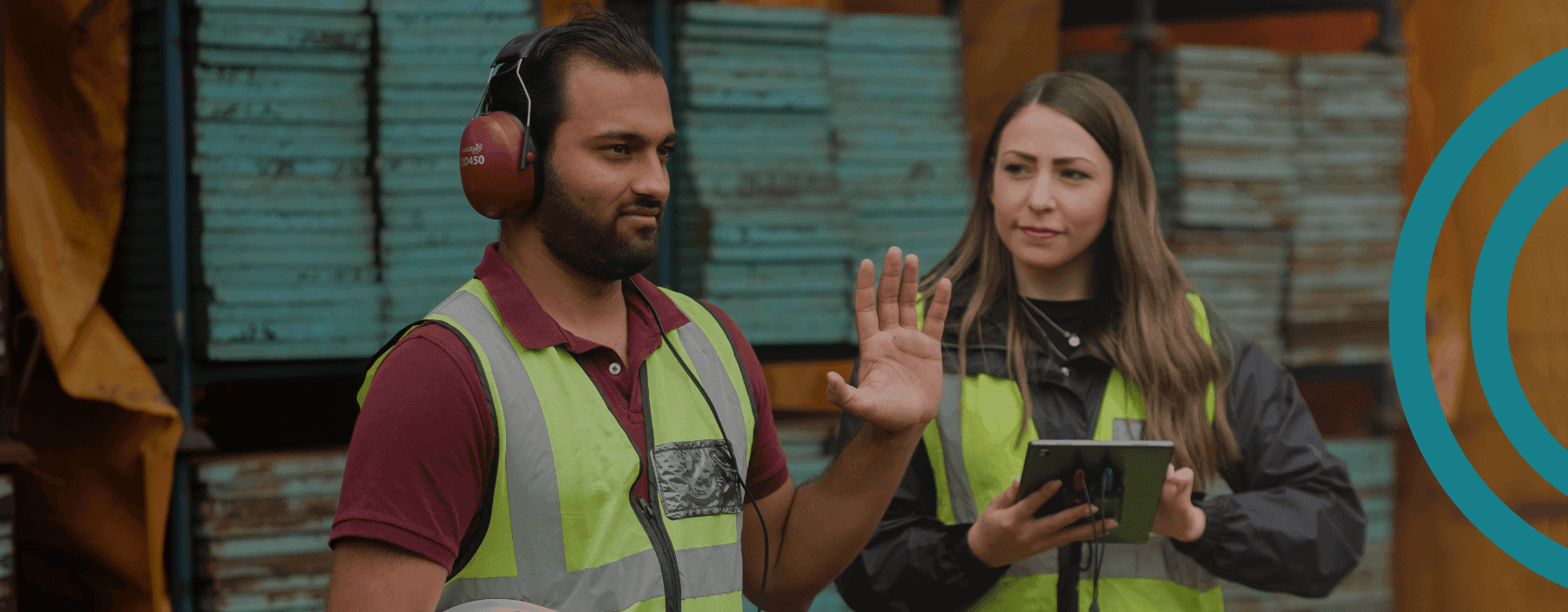
Hearing conservation - The impact of boothless hearing tests
Search for articles by category
Digital audiometry has made significant strides in recent decades. From the use of tuning forks in the 1800s to modern advancements in computing and smart devices, these innovations have greatly propelled audiometry by enhancing mobility, accuracy, and accessibility.
Boothless hearing tests are a major advancement in audiometry. They allow hearing tests to be done in non-traditional settings, improving accessibility and convenience. This innovation reduces costs for healthcare providers and patients while maintaining accuracy, as it has been thoroughly tested against traditional soundproof booths.
Several factors have contributed to the global advancement and widespread adoption of boothless audiometry, including:
1. Cost-effectiveness
Traditional soundproof booths cost between $5,500 for small single-walled models and $39,600 for larger double-walled models, excluding facility and equipment costs. Boothless solutions in comparison, are a more affordable option.
2. Portability and accessibility
Boothless testing can help to ensure that mobility and location do not hinder access to accurate, high-quality diagnostic care. Portable audiometers and online hearing screenings play an important role in removing access barriers over a range of geographical and healthcare contexts. Hearing tests can now be efficiently conducted in settings , where space to accommodate large audiological equipment might be limited.
3. Efficiency
Modern boothless systems support occupational hearing conservation programs by incorporating features such as:
- automated testing protocols,
- automatic masking,
- real-time reliability checks,
- active noise monitoring, and
- Electronic Health Record (EHR) integration.
These features can help to streamline the testing process and support operational efficiency.
Use cases for boothless hearing tests
Traditional booth-based testing retains its place as a the gold standard in audiometry, however, certain scenarios require more portable, user-friendly alternatives, for example:
- Occupational health programs: Boothless audiometry allows onsite employee testing, which can minimize workflow disruptions while supporting OSHA compliance.
- Healthcare settings: Traditional audiometry requires patients to be transported to testing facilities, which can be difficult in cases where patients are immobile. Boothless solutions can bridge the gap in accessibility and help to ensure that quality patient care remains a priority.
- Schools: Boothless testing eliminates the need for parents’ to take their children to an offsite audiologist. Testing can also be conducted on larger groups, supporting efficiency.
Advancements
Boothless audiometry solutions have been extensively researched to ensure diagnostic accuracy throughout the test-frequency spectrum, matching the standards of traditional booth audiometry. Technology and digital processing have enhanced the reliability of boothless hearing tests in various ways^[1] which include:
Noise attenuation and accuracy
To counter ambient noise, researchers have tested various earphone configurations, including insert headphones and active noise reduction (ANR). These innovations enable reliable, boothless audiometry in non-clinical settings, ensuring diagnostically valid results ^[2].
Our hearTest solution shown to provide results comparable to standard audiometric methods [3] [4] - includes test-retest reliability, response times, environmental noise warning and false response rates. These features can help to identify when retesting or reinstruction is necessary, to ensure accurate results.
Bone conduction versus air conduction testing
The strict ambient noise requirements for bone conduction testing make it difficult to perform outside of a soundproof booth. Traditional bone conduction testing requires the test ear to be uncovered while the opposite ear is masked with noise, which makes noise control in non-clinical environments difficult.
Boothless air conduction testing remains valuable for diagnosing the degree of hearing loss and promotes accessible hearing healthcare and timely intervention in remote, underserved populations.
Solutions for occupational hearing testing
Employers are responsible for ensuring a safe working environment, including safeguarding employees' hearing health.
hearTest Occ Health is an FDA-registered digital audiometer tailored to meet the specific requirements of occupational hearing conservation programs by offering:
- Enhanced baseline testing and revision,
- Customizable testing intensity (enabling you to test down to -10 dB),
- Refined manual testing,
- Test type selection,
Features available on our cloud-based data management portal:
- Enhanced testing and baseline management (available to existing U.S. clients)
- OSHA baseline revisions.
- Expanded test addition options.
- Age corrected STS calculation.
- OSHA recordable tracking.
- Bulk data management
- OSHA recordable STS and age corrected STS reports.
- Advanced bulk PDF downloads
This comprehensive approach can help to streamline hearing health management in the workplace, offering an efficient and reliable solution for businesses.



